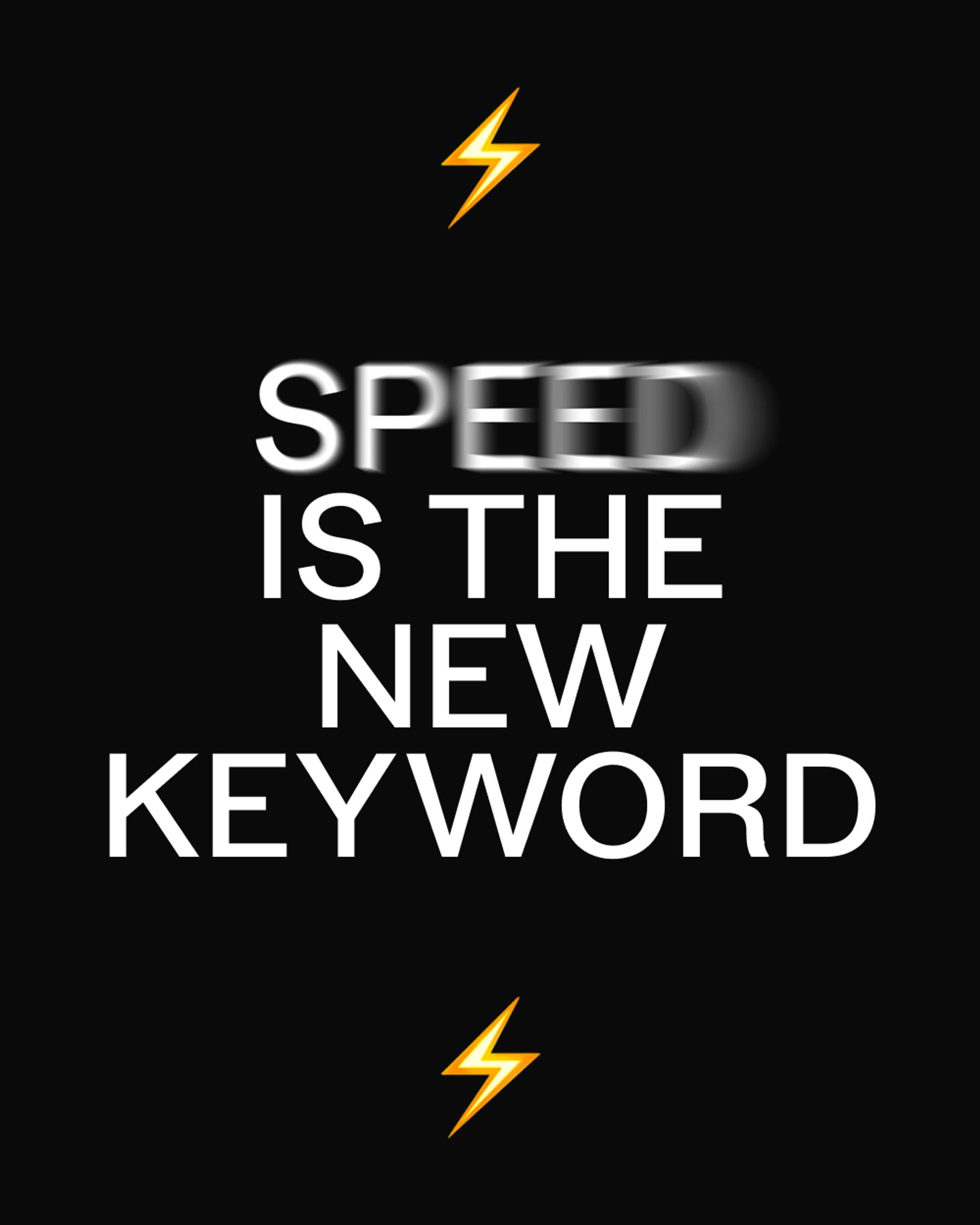Why Brand Storytelling Is Everything Now
TL;DR
Brand storytelling is not fluff—it is the engine. The winning brands of today are not just selling products; they are building worlds, aligning with values, and inviting customers to star in the journey. A powerful story framework—origin, hero, promise—is replacing static marketing with cultural relevance, emotional depth, and narrative clarity.
Build Worlds, Not Just Products
In a landscape flooded with content, storytelling is not just another tool. It is the tool. And the brands that master it are moving beyond advertisements and aesthetics—they are reshaping culture. Storytelling is not performative. It is structural. It roots a brand in purpose and direction. The ones that get it right are not talking at their audience—they are building for them.
Legacy marketing still chases audience personas and demographic profiles. The new wave is focused on moments, rituals, and micro-experiences—because that is where cultural resonance lives. Whether it is patting down a steak with the perfect seasoning or choosing activewear that fits a specific training window, great storytelling meets people exactly where they are.
The Three Pillars: Origin, Hero, Promise
1. Origin
This is the spark. The friction. The very real problem that made something click. Not the overpolished brand myth, but the moment where someone said, “There has to be a better way.” Think of Nibble—a founder realizing that an iPhone video outperformed high-budget advertisements and building an entire creative model around that truth. Think of Feastables calling out Hershey’s unethical practices and making it the heart of their mission. These are not public relations tactics. They are rallying cries.
The origin is not just why a product exists. It is why someone should care. Flur did it by turning fragile glassware into a product worth paying more for—because it solved a real issue with elegance and clarity. The strongest brands can summarize their reason for being in a single line—and their audience nods in recognition.
2. Hero
Your customer is not passive. They are the protagonist. They are on a journey—from pain to transformation—and the brand is just a guide. Whether it is skincare that clears acne or technology that saves time, the real story is in the customer's arc. The transformation is not always visible. It can be internal—confidence, belonging, freedom. Brands like Cadence and Humantra are not just offering performance; they are owning key life moments, defining windows of ritual that people genuinely care about.
3. Promise
This is where belief meets proof. What does life look like after using the product? That promise has to be felt. It has to be real. Mott and Bow’s “the only jeans you can wear in summer” does not talk about fabric technology—it conjures sweat, stickiness, and the visceral relief of breathability. That is brand as experience.
But it cannot just be vibes. Promise needs anchors: transformation metrics, social proof, and clean, everyday language. Not jargon. Not corporate fluff. Just sharp, grounded articulation of what changes—and why it matters.
Why It Matters More Than Ever
Today, anyone can launch a brand overnight with a Canva logo and a few artificial intelligence-generated renders. But story? That is what people stay for. And that is what legacy brands are missing. When the Unilevers of the world buy up independent players, the soul often drains out. Dr. Squatch, Onit—even once-iconic brands—fade because the story no longer fits the person buying it.
Content now drives marketing—not the other way around. Creators are becoming chief marketing officers. Founders are front-facing storytellers. Campaigns are episodes, not one-off efforts. Brands like MoEa and Cadence are crafting serialized narratives with cinematic clarity. And their audience is not just watching—they are invested.
Even the customer journey has changed. It is not about closing a sale tomorrow. It is about staying top of mind for when that customer is ready months from now. Status brands like Aimé Leon Dore and Kith understand this. They create touchpoints—eight-dollar lattes, accessible merchandise—that make people feel part of the world before they buy into the full lifestyle.
Conclusion
Storytelling is not a luxury—it is the cost of entry. It is the moat. The brands that build culture through narrative clarity will win. Not by shouting louder. But by building deeper.
Frequently Asked Questions
1. What makes a brand origin story powerful?
It is rooted in real tension. It solves a specific, relatable problem. It is personal. Think: “I hated Harvard Business Review, so I started my own.” That lands.
2. Why focus on the customer as the hero?
Because people care about their own journey, not yours. Frame your brand as the support act in their transformation—be the guide, not the star.
3. How do you make a promise resonate?
Anchor it in emotional outcomes and hard proof. Make it specific, visceral, and clear. Avoid buzzwords. Show the change.
4. Is storytelling too slow for performance-driven marketing?
Only if you are measuring short-term clicks. For long-term brand equity and habit formation, story is your advantage.
5. What is next for storytelling in marketing?
Serialized, cinematic campaigns. Episodic rollouts tied to product drops. Less avatar-based, more behavior-anchored. It is already happening.

